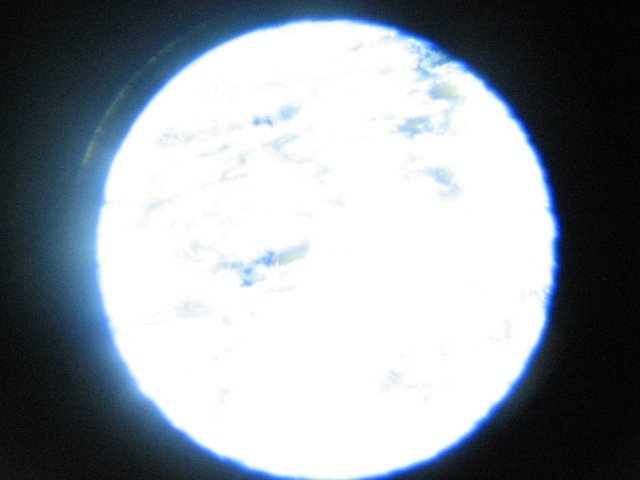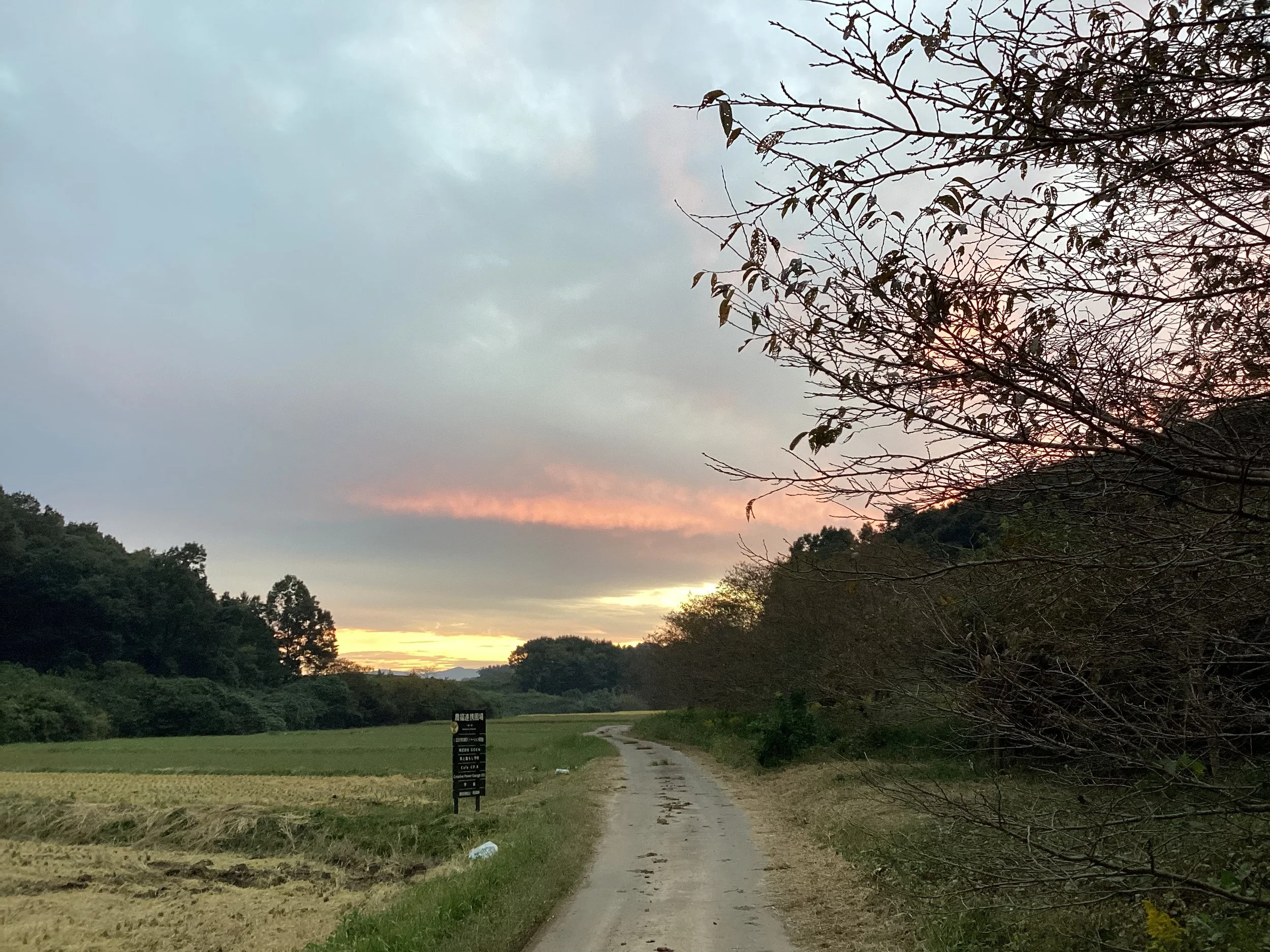Naoko Land 101
ナオコランド101
BODY
PERFORMANCE
FOOD
PHILOSOPHY
ライフ・イン・トーキョー+日本語記事
PRESS & INTERVIEW
Writing on/by Naoko
“Performance Artist Naoko Maeshiba Turns Inward” by Maura Callahan, Baltimore City Paper, 5/24/2016
“Strange Beauty: A Conversation on Theatre with Naoko Maeshiba”, What Weekly, 5/19/2016 by Peter Davis Strange Beauty
“The Aesthetics of an Epiphany: Naoko Maeshiba” by John Barry, bmore art, 2/26/2014 The Aesthetics of Epiphany
“Conversations on theatre with Naoko Maeshiba” by Peter Davis, What Weekly, 2/26/2014 Conversation on Theatre with Naoko Maeshiba
“Naoko Maeshiba, Dancing on the Edge of Theatre” — an interview with John Barry, DC Theatre Scene, 5/24/2012 Naoko Maeshiba Dancing on the Edge of Theatre
Naoko Maeshiba Towson Interview - Interview for Towson University 2017
Japanese Verses Western Influence: A Thought on Evocative Darkness - JOPERD (The Journal of Physical Education, Recreation, & Dance), 4/2008
An interview by Alec Winberg for his thesis, “Holiday Enabled by Rituals - truth, fear, and rituals in theatre and life - Interview at Towson University 2017
Review
“The immense sensory odyssey of 'Dream Island' at Baltimore Theatre Project” by Maura Callahan, Baltimore City Paper, 5/29/2015
“Dream Island at Baltimore Theatre Project” by Paul Davis, TheatreBloom, 5/22/2015
“Theatre Review: ‘Twilight Station’ at Baltimore Theatre Project” by Sakiera Malone, MD Theatre Guide, 3/05/2014
Theatre Review: “You for me for you” at Woolly Mammoth Theatre by Kyle Osborne, 11/15/2012
“The movement’choreography is complex and extremely well conceived and executed-from the way the actors must climb the wall to the way they have to coordinate their moves with the rotating floor. “
“Autobio Maeshiba” by Guillaume, The Baltimore Theatre Journal, 5/25/2012
“Moving from one prop or boldly colored piece of clothing to another, Maeshiba skillfully expresses the passions proper to each stage of transition…Humor and pathos alternate as the life of the often-baffled protagonist unfolds.”
“Sharon Mansur and Naoko Maeshiba Perform at Dance Place” by Sarah Halzac, The Washington Post, 4/5/2010
‘‘Face of Another’shows how smart and thorough a choreographer Maeshiba is, as it has no linear narrative and yet somehow builds to a riveting climax. Through a collage of fluid gesture and intentionally unsteady hobbling, Maeshiba takes a journey to make sense of herself and her place in the world. It's the kind of work that is so well-paced and so carefully crafted that the audience can comfortably get lost in it, completely entranced by the strange world she has created.
“…existing in dreamscapes that managed to be strikingly beautiful yet somewhat disturbing. In ‘Paraffin,’ a dancer was surrounded by technicians in lab coats, and through a lighting trick involving an overhead projector, it appeared that her body was being covered in scribbles and graffiti. This and other scenes left a powerful emotional imprint by exposing the consequences of forgetting or disregarding someone's humanity.”
“Japanese Enchantment”, Baltimore Theatre Journal, 6/18/2010
“Naoko Maeshiba's Paraffin is a kinetic wonder. Returning to Theatre Project this weekend, Maeshiba's performance troupe Kibism mesmerizes the viewer with one mysterious tableau after another. Employing mime, aerial movement, and muscular choreography, the various scenes evoke search, love, oppression, and death… Far from narrative, the performance evokes the raw passions of fear and desire as the body is stretched to its physical and expressive limits…
“Strange Beauty: Naoko Maeshiba Talks About Paraffin, Kibism, and the Undefinable”— an interview with by John Barry, Rader Redux, 6/16/2010
“Best Dance Performance in Best of Baltimore 2009” by Bret McCabe, Baltimore City Paper, 9/16/2009
“If you don't usually do dance, Kibism's Paraffin reminds you what you've been missing. Choreographer Naoko Maeshiba's work is beautiful, vibrant, and interesting…Maeshiba's hypnotic, gravity defying choreography is both intense and emotionally engaging.”
“A Clash of Dark and Light, of Sound and Silence — an Exploration of Infinity” by Rosalind Lacy, DC Theatre Scene, 7/7/2009
“In ‘Scent of Sky,’ dancer/choreographer Naoko Maeshiba and electronic-media artist, Alberto Gaitan explore a realm of sound and kinetic gesture where words are inadequate. Throughout this challenging piece, there are subtle and visual surprises. In dim light, Maeshiba’s face looks mummified, wrinkled and old. Tiny orbs of orange LEDs (light-emitting diodes) flash, like warning lights on airplane wing-tips, from under the dancer’s dark gown"…
"Her body is so flexible, boneless, and fluid it's as if her limbs are caught in underwater currents…through his laptop computer, Alberto Gaitan projects ‘white noise,’ a blur of black-and-white dots on the upstage backdrop accompanied by an irritating buzz. While Maeshiba dances against this projection, ‘Scent of Sky’ became more than mere experimentation; it became an exploration of infinity, of the unknown. White noise suddenly becomes an allegory for a spiritual search.”
“Pas de Deux With Reality: Performers Take to the Sidewalks” by Sarah Halzack, The Washington Post, 10/2/2007
“Soloist Naoko Maeshiba dealt masterfully with some challenging interlopers. An energetic toddler, a hungry pigeon and a man on a scooter all whizzed through her performance space but never disrupted her spell. Also performing outside the library, Maeshiba capitalized on the proximity of her audience with minute wiggles of a single finger or toe. These movements would have been almost undetectable in a traditional theater setting…Maeshiba excelled at adapting to her environment.”
Washington Post Review by Sarah Halzack, The Washington Post, 7/25/2006
“Naoko Maeshiba presented ‘Remains of Shadow,’ a series of solos and duets exploring the choreographer's Japanese heritage, her American experiences, and how both have shaped her identity. Three transparent white panels and a large screen displaying text and image projections provided a backdrop to Maeshiba and partner Tatsuya Aoyagi's understated movement and haunting vocals. Maeshiba is an exceptional mover who possesses the rare ability to make awkward, inwardly rotated leg positions and fidgety gestures seem strangely beautiful. She and Aoyagi performed with compelling emotion-plausibly and poignantly conveying confusion, anguish, and displacement.”
Ko Festival of Performance (review) by Kermit Dunkelberg, Theatre Journal, 5/15/2006
“Remains of Shadow probed subtle regions of emotion and memory in the liminal spaces between cultures, countries, and histories…while technology enhanced the production, the virtuosity of performers Maeshiba and Aoyagi proved its centerpiece. Their bodies bear traces of rigorous physical training as well as everyday socialization across cultures.”
Interview with Dziennik Łódzki, THROUGH THE BODY DEEP INTO THE SOUL— About the Mystery of Body by Rozmawiała Joanna Olczakówna (in Polish),
“Evocative Dance at Theatre Project” by Judy Wynn Rousuck, The Baltimore Sun, 6/10/2004
“With few words, no dialogue or plot and lots of highly evocative movement, Naoko Maeshiba Performance Collective's ‘The Voyage’ is more dance than theatre. But this Theatre Project presentation is also the type of work that deliberately defies categorization. The style might be described as surrealistic, and the subject matter appears to be nothing less than the voyage of life, with an emphasis on the stresses of relationships and change… Jason Sloan's music and Gabriel Walker's sound design contribute minimalist accompaniment that perfectly matches the spare nature of Maeshiba's choreography. The rare bits of text lend a Samuel Beckett-like aura to the work”…
“The final image is that of photos falling like leaves onto the stage. Gentler than some of the angst that precedes it, this image evokes memories, suggesting perhaps that life's journey is not in vain, but captured and preserved for future travelers.”
Spring that has gone too long @Warehouse Gallery as a part of ‘Floor Plan’ - by Lisa Traiger, The Washington Post, 2/23/2004
“White torn canvas swaths and red ping-pong balls hung from the ceiling in Naoko Maeshiba’s spare “Spring That Has Gone Too Long.” Maeshiba, as delicate as an early crocus, swayed nearly imperceptibly. While Tatsuya Aoyagi joined her, his more angular attack grew into a ferocious storm of stamping. Together the two became unified momentarily before separating as a single bell tinkled.
“Tea and Tragedy in ‘Ballad of Yachiyo’” by Dolores Whiskeyman, The Washington Post, 5/8/2002
“A frustrated man, his unhappy wife, a sympathetic girl. This is the standard formula for a love triangle, and in Tsunami Theatre Company's ‘Ballad of Yachiyo’, this all-too- familiar story is distinguished by its setting-Hawaii, 1919-and the ethnic origins of the principals-Japanese. But if the outcome to the story is obvious from the start, little else is predictable in Philip Kan Gotanda's lyrical, imagistic play, skilfully directed by Naoko Maeshiba.”…
“Maeshiba exploits the script's cinematic structure, moving the action fluidly from one short scene to the next and using, to generally good effect, original music and video images to set location or underscore particular moments…the result is a play that moves like the gentle stream that dominates the set… easing its way toward the white spray of the rapids downriver.”
Other Bites
“Nice Little Machine:How wearable art show became poised to take over Baltimore’s experimental art scene” by Violet Carberry, Baltimore City Paper 4/6/2005
“There is a scene here (Baltimore) going on that’s not really happening in D.C, a community of artists who are really pushing and exploring the boundaries,” she says. “It’s really refreshing. I’m finding more people to collaborate with here, many more people than I was finding, actually, anywhere else.” Maeshiba raises a matchstick-slim arm and pours herself a cup of tea, betraying her dancer’s pedigree by investing the simple action with extraordinary grace. “People are really open. They might be a filmmaker or a visual artist, but they’re open. Their form is open to other forms.” Maeshiba whose work spans performance, dance, and theatre, also takes the body as a starting point. “it’s like the body has ingrained memory and history up to this point. How I point at something is completely different than how you point.” she says, “It’s been ingrained. The history is ingrained.” Maeshiba maintains that she doesn’t dance in the space, she dances the space-the so-called ‘empty’ void is an engraved with history as another person’s body. (Her performance Saturday night at Creative Alliance is influenced in part by the vivid red walls in the theater.) “Mostly I like working with a performer who brings different energy, and who can manipulate the energy so that they have richer texture, so it’s not like one note.




























































